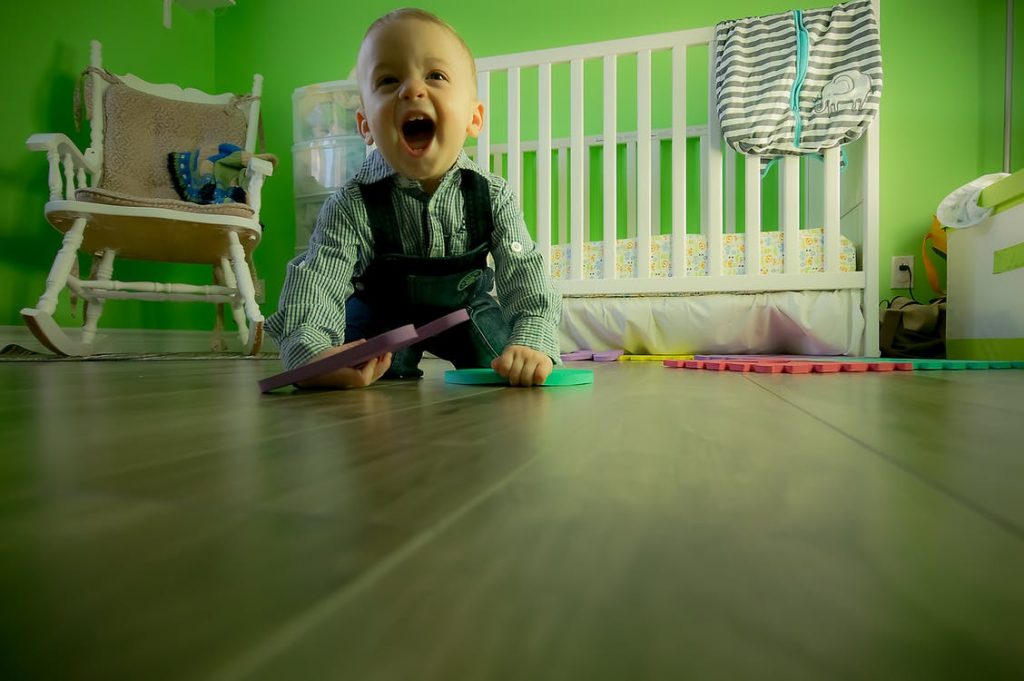The welcoming of a new child is an exciting time for any family. However, before the baby arrives home, it is important that parents thoroughly consider the environment that their baby will be entering. Unintentional injuries are the leading cause of death for children aged 1-19. For children under 5 years of age, 66 percent of all injuries occur in the home. As such, proper child-proofing is critical in preventing personal injury of children. This blog will outline the most common types of home injuries for children and then provide a few tips that will help make sure your home a safe space for children.
The most common type of injuries occurring in the home are falls, accounting for more than have of all in home injuries. Some other common types of injuries include burns, drowning, choking and strangulation.
Injuries In and Near Homes: Birth to Four Years
As children grow, they quickly become more mobile and more adventurous. For this reason, it is important to be aware that child proofing requirements evolve based on the age of the children living in the home. Below are a few tips for children of different ages.
Newborns – 0 to One Year Old:
Newborns have a higher risk of falling due to their poor balance and lesser environmental awareness. They learn to roll over at this age, and can easily fall from high surfaces if left unrestrained or unsupervised. The risk increases further as infants begin to crawl.
A few tips for managing risks to children in this age group include:
- Using a change table with strap, or changing your infant on the floor
- Cribs made after 1986 meet modern safety standards, if yours is made earlier, ensure that the gaps between bars are no greater than 6cm. This ensures the head of your baby will not fit through.
- Place child in an empty crib when sleeping. Pillows, stuffed animals and heavy blankets can pose a suffocation risk
- Cover electrical outlets that are at floor level
- Use proper baby gates at the top and bottom of the stairs
Toddlers – One to Two Years Old:
It is at this age where young children begin to get very adventurous. Unfortunately, their cognitive and risk assessing abilities are not as developed as their increasing mobility. They will begin to climb objects in their environment, which creates new kinds of falling risks.
A few tips for managing risks to children in this age group are:
- Attach large furniture to the wall using a safety strip
- Place safety guards on furniture with sharp edges
- Keep all medication and toxic substances in a cupboard that is not accessible to toddlers
Young Children – Three to Five Years Old:
Strength and motor skills improve rapidly during this period in a child’s life. Also, children at this age frequently model adult behavior. This places them at a greater risk of suffering certain types of injuries such as burns.
A few tips for managing risks to children in this age group are:
- Keep hot liquids and cords out of reach
- Keep furniture away from windows
Given all the risks outlined above, bringing a baby home may seem daunting to first time parents. Through proper planning and preparation, there is no reason that any home can’t be a safe place for your child to learn and grow.







